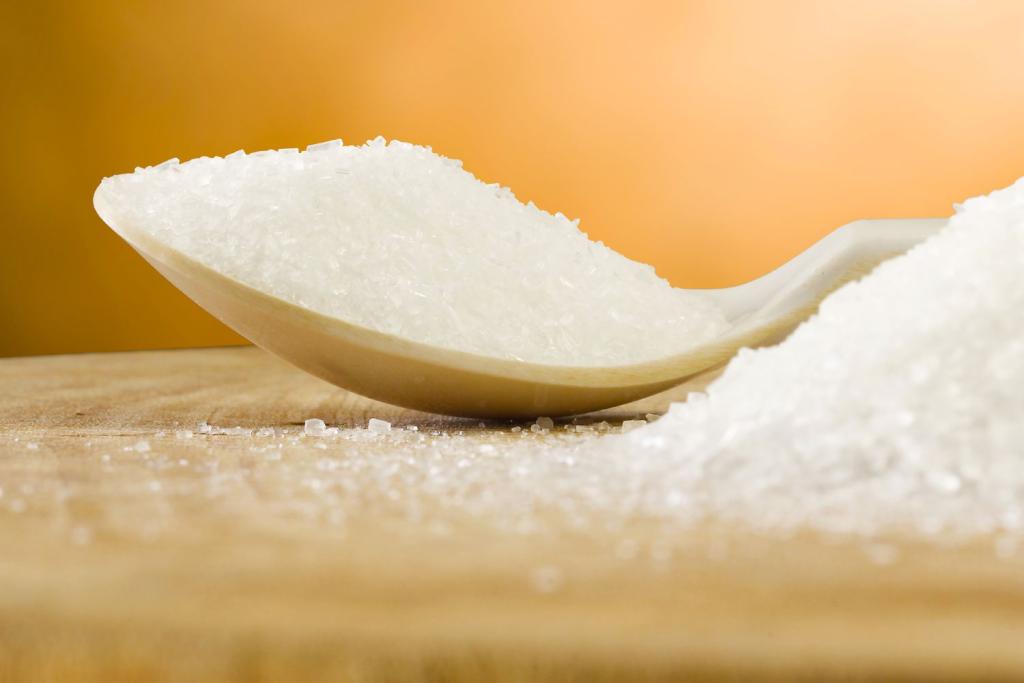If you suffer from migraines, your diet could be making things worse. Migraines are complex, with many potential triggers, but one of the most common and preventable factors is the food you eat. In this post, we’ll explore the top 10 foods that are known to trigger migraines and why you should avoid them if you want to reduce the frequency and intensity of your headaches.
Advertisement
1. Aged Cheeses
One of the most notorious migraine triggers is aged cheese. While cheese can be a delicious and satisfying part of many meals, certain varieties like cheddar, blue cheese, and Swiss contain high levels of tyramine. Tyramine is a naturally occurring compound that is produced when proteins break down as cheese ages. This substance can trigger migraines in sensitive individuals by affecting the blood vessels in the brain.
Studies show that tyramine can cause the release of neurotransmitters like norepinephrine, which can lead to headache pain. A study published in The Journal of Headache and Pain found that 25% of people with chronic migraines report cheese as a common trigger. If you frequently experience migraines, consider avoiding aged cheeses or consuming them in moderation.

2. Processed Meats
Processed meats such as bacon, salami, pepperoni, and hot dogs are another migraine trigger that many people overlook. These meats are often high in nitrates and nitrites, which are added as preservatives to extend shelf life and enhance flavor. Unfortunately, these chemicals can cause blood vessels to dilate, which can lead to the onset of a migraine.
According to the American Migraine Foundation, nitrates are among the most common food-related triggers for migraines. These preservatives can stimulate the release of certain chemicals in the brain that lead to inflammation and pain. To reduce the risk of triggering a migraine, it’s wise to limit or avoid processed meats, especially if you’re prone to frequent headaches.
3. Caffeinated Beverages
Caffeine is a double-edged sword when it comes to migraines. While some people find that a small amount of caffeine helps alleviate migraine pain, for others, caffeine can be a significant trigger. Excessive consumption or sudden withdrawal from caffeine can lead to headaches. Coffee, soda, and energy drinks are the main sources of caffeine that can potentially trigger a migraine.
Research published in The Journal of Pain has shown that both overconsumption and abrupt cessation of caffeine can lead to headaches. It’s important to monitor your caffeine intake and reduce it gradually if you believe it’s contributing to your migraines. Opting for caffeine-free alternatives such as herbal teas might be a safer choice for migraine sufferers.
4. Chocolate
As much as we love it, chocolate is a known trigger for migraines. The culprit in chocolate is often its caffeine content, but it also contains phenylethylamine, a compound that can cause blood vessels to constrict and dilate. This reaction can lead to the onset of a migraine in sensitive individuals.
A study published in Cephalalgia found that 22% of migraine sufferers identified chocolate as a trigger food. Dark chocolate, in particular, contains higher levels of phenylethylamine and caffeine. While the occasional piece of chocolate may not cause an issue for everyone, frequent consumption can be risky for those who are prone to migraines.
Advertisement
5. Alcohol (Especially Red Wine)
Alcohol, and particularly red wine, is another common migraine trigger. Red wine contains both histamines and tannins, which can cause blood vessels to expand and lead to a headache. Histamines, which are found in fermented foods and beverages, can also promote inflammation in the brain, contributing to migraine pain.
A study in The Lancet Neurology found that alcohol, especially red wine, is a trigger for migraines in a significant number of people. If you are sensitive to alcohol, especially red wine, it may be beneficial to avoid or limit your intake to reduce the frequency of migraines. Opting for clear liquors like vodka or gin may help minimize the risk of triggering a migraine.
6. Foods with MSG
Monosodium glutamate (MSG) is a flavor enhancer commonly found in processed foods like chips, canned soups, and some restaurant dishes. For many migraine sufferers, MSG is a powerful trigger. This chemical can cause the brain to release certain neurotransmitters that affect blood flow and pain perception, ultimately leading to a migraine.
The American Headache Society notes that MSG sensitivity is common among people with chronic migraines. While not everyone will experience a migraine from consuming foods containing MSG, it’s best to read labels carefully and avoid foods with added MSG if you suspect it may be contributing to your headaches.

7. Pickled and Fermented Foods
Pickled foods and fermented products like kimchi, sauerkraut, soy sauce, and vinegar can trigger migraines in some individuals. These foods contain high levels of tyramine, which, as mentioned earlier, can lead to headaches by affecting the neurotransmitters in the brain.
A study published in Headache: The Journal of Head and Face Pain highlighted that fermented foods are often a source of tyramine, which can exacerbate migraine symptoms. If you’re prone to migraines, consider reducing your intake of pickled or fermented foods to see if it improves your symptoms.
8. Citrus Fruits
While citrus fruits like oranges, lemons, and grapefruits are packed with vitamin C and antioxidants, they can also be a migraine trigger for some people. The acidity in citrus fruits can cause digestive issues, which in turn may lead to a migraine. Additionally, some citrus fruits contain high levels of histamines, which can contribute to inflammation and trigger headaches.
A study published in The Journal of Headache and Pain found that citrus fruits were reported as a common trigger for migraine sufferers. If citrus fruits seem to be a problem for you, try eliminating them from your diet for a period and monitor whether your migraines improve.
Advertisement
9. Dairy Products
Dairy products, particularly full-fat milk, cream, and ice cream, can cause problems for some migraine sufferers. Dairy contains a protein called casein, which can be difficult for some individuals to digest, leading to headaches. Additionally, some people are sensitive to the hormones found in milk, which could be contributing to migraine symptoms.
The American Migraine Foundation notes that some people with migraines find relief by cutting out dairy from their diet. If you suspect that dairy is contributing to your migraines, consider trying a dairy-free diet or choosing lactose-free alternatives.
10. Artificial Sweeteners
Artificial sweeteners, particularly aspartame and sucralose, are commonly used in sugar-free foods and beverages. However, these chemicals can cause headaches in some people. Aspartame, in particular, has been linked to migraines in several studies, likely due to the way it interacts with neurotransmitters in the brain.
Research published in The Journal of Clinical Pharmacy and Therapeutics suggests that aspartame can trigger migraines in sensitive individuals. If you consume sugar-free foods or beverages regularly, it may be worth trying to eliminate artificial sweeteners to see if your migraine frequency decreases.
Final Thoughts
Managing migraines involves identifying and avoiding common triggers, and diet plays a crucial role in this process. Aged cheeses, processed meats, chocolate, and alcohol are just a few of the foods that can set off a migraine. By being mindful of what you eat and paying attention to how your body reacts to certain foods, you can significantly reduce the frequency and severity of migraines. If you suspect that specific foods are causing your migraines, consider keeping a food diary and working with a healthcare provider to develop a migraine-friendly diet.
References
- Torelli, P., & Bussone, G. (2003). “Dietary Factors and Migraines: A Literature Review.” The Journal of Headache and Pain, 4(2), 86-90.
- Blom, H. M., & Linde, M. (2016). “The Effect of Monosodium Glutamate on Headache: A Review of the Literature.” Cephalalgia, 36(9), 858-868.
- Goadsby, P. J., & Lipton, R. B. (2016). “The Role of Food in Triggering Migraine.” Lancet Neurology, 15(6), 572-584.
- Parker, D. (2015). “The Relationship Between Chocolate and Migraines.” Cephalalgia, 35(3), 234-238.


